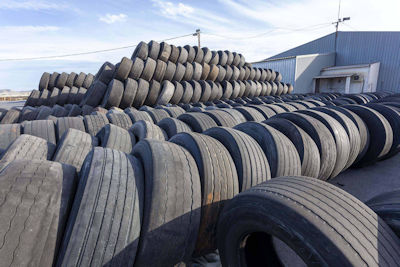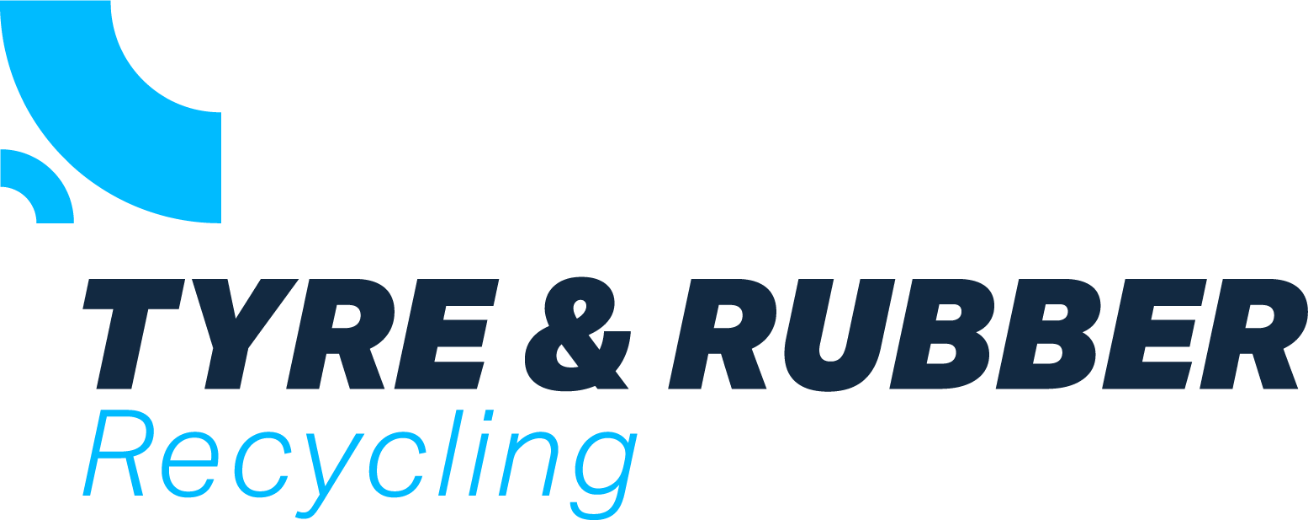Tratamiento Neumáticos Usados (TNU) recently warned about the structural challenges of tyre recycling in Spain, an efficient collection and treatment model that, however, faces its greatest obstacle in the lack of actual consumption of recycled products, the limited implementation of green public procurement, and an increasingly demanding European regulatory framework
In its press release, TNU highlighted the lack of markets for tyre derived materials and called for stronger action by the public sector to improve market acceptance. TNU also highlighted the problem arising from the crumb rubber infill ban.
An effective model… facing an imminent bottleneck
Spain recycles 100% of the collected ELT, reusing them, recovering them for energy, or transforming them into new products. The currently existing Collective Systems of Extended Producer Responsibility, such as TNU, together manage more than 31,800 generation points throughout the country.

In 2023 alone, TNU avoided the emission of more than 349,000 tons of CO₂, saved 111 million litres of oil, and the consumption of 9.345 billion Liters of water. However, the problem lies not in the recycling process, but in the insufficient reintegration of these materials into the market.
The regulatory threat to rubber granules
Recycled rubber, whose main destination has been as infill in artificial turf fields, faces a radical transformation. EU Regulation 2023/2055 prohibits its sale starting in October 2031, classifying it as an intentionally released microplastic. This jeopardises the fate of approximately 60,000 tons of granules per year if a national action plan is not developed.
One of the most promising alternatives is pyrolysis, a thermal process that transforms rubber into reusable products such as carbon black and fuels.
Currently, there are only two operating plants in Zaragoza and Alcázar de San Juan, with very limited capacity compared to the necessary volume. The development of this technology requires institutional support, investment in R&D, and specific industrial plans.
Simultaneously, the collection schemes are promoting alternatives such as eco-asphalts, street furniture, battery components, and industrial pigments, but these solutions must have the support of the public and private sectors.
Secondary raw materials… without effective demand
Each tyre contains rubber (43%), steel (14%), textile fibres (14%), and carbon black (28%), all of which are recyclable. However, the lack of stable markets and incentive policies limits their use.
Retreading, which reuses up to 80% of the original tyre and reduces emissions by 69%, according to Miguel Hernández University, has lost more than 50% of its production since 2004. Its performance, certified even for aeronautical use, is being displaced by low-cost imported tyres.
What’s going wrong?
Despite the favourable regulatory framework—Law 7/2022 on waste and contaminated soil for a circular economy and Royal Decree 1619/2005 on end-of-life tyres and its revision in Royal Decree 731/2020—the effective implementation of green public procurement and the waste hierarchy is still limited.
Factors such as:
• The lack of mandatory green clauses in public contracts,
• Unfair competition from non-recycled products,
• The absence of differentiated labelling for recycled products, and low consumer awareness are hindering its use.
Leading by example from the public sector
TNU urgently calls on all administrations and stakeholders in the sector to promote a real circular economy. They propose:
• Applying mandatory environmental clauses in public procurement,
• Incorporating retreaded tyres into institutional fleets,
• Investing in recovery infrastructure such as pyrolysis,
• Developing awareness campaigns on recycled materials.
















